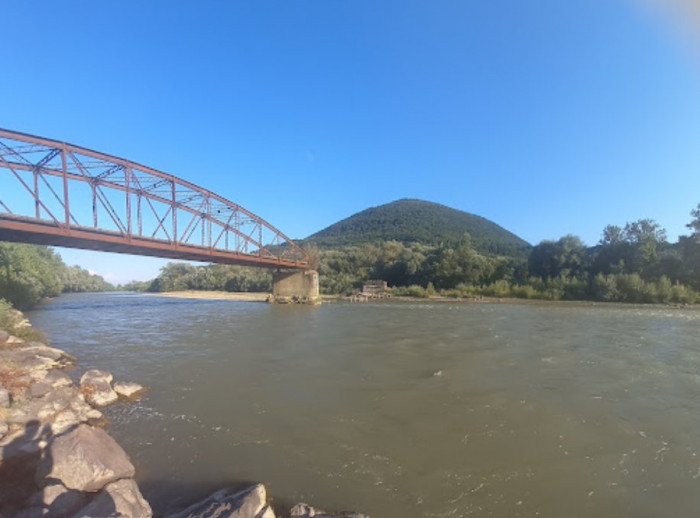Tysa is under control: round-the-clock water quality monitoring has been introduced on the river
24 March 08:49
A pilot project has been launched in Zakarpattia as part of the e-Water platform, which will allow the entire country to monitor the state of water resources in real time and respond quickly to any risks and changes. This was reported by the Ministry of Environmental Protection and Natural Resources of Ukraine,
According to Svitlana Hrynchuk, the head of the ministry, this online platform will provide Ukrainians, water managers and authorities with round-the-clock access to data on water quality and hydrological indicators.
The e-Water platform will consist of three modules:
“e-Monitoring” – this is where data on all water samples collected across the country and the results of their research will be accumulated. The system will analyze the ecological and chemical state of surface water bodies and provide general conclusions about the state of Ukraine’s water resources. This module has already been put into trial operation.
“e-Cadastre, which will display information on all water bodies of Ukraine. This module is gradually being filled and is currently being tested.
“e-Water Use – a service for interaction between business entities and the state. It will provide online administrative services and issue permits in the field of water use. At the same time, everyone will be able to find information on the largest polluters of water bodies, issued permits for dredging, work on water fund lands within coastal protection zones, etc. The module is also currently being tested.
What is known about the start of the project in Zakarpattia?
A new water quality monitoring station has been launched in the Tisa River basin, which immediately transmits data to the Tisa automated information and measurement system (AIMS). Multiparameter sensors automatically measure the main physical and physicochemical indicators of surface water quality there. In particular, the hydrogen index (pH), dissolved oxygen, electrical conductivity, water temperature, water level, etc.
“We have already developed software that will allow us to broadcast this data in real time on our EcoThreat service. In the future, we plan to scale this experience to other regions of the country,” emphasized Svitlana Hrynchuk.
According to her, the new modern sensors will allow us to respond quickly to deteriorating water quality.
River Basin Management Plans are being developed in Ukraine
Back in November 2024, the Cabinet of Ministers of Ukraine approved the first six-year river basin management plans for the Dnipro, Don, Dniester, Vistula, Southern Bug, Azov and Black Sea rivers, as well as Crimea. In December, after cross-border consultations, Ukraine approved the Danube River Basin Management Plan.
As Svitlana Hrynchuk, Minister of Environmental Protection and Natural Resources of Ukraine, explains, “River basin management plans are a roadmap that includes 1681 measures. For example, these include the construction, reconstruction and modernization of wastewater treatment plants and sewerage networks, measures to restore water bodies (revitalization, improvement of hydromorphological conditions), mitigation and adaptation to climate change, reduction of pollution, research on the impact and consequences of military operations, prevention of diffuse pollution, etc.
What damage has Russia’s war caused to Ukrainian water resources?
The damage caused by Russia’s armed aggression to Ukraine’s water resources amounts to over UAH 93 billion. And these are only the cases that have been recorded.
Crimea is dehydrated, and two of the largest irrigation canals in Europe, the North Crimean and the Main Kakhovka canals, have been destroyed. The explosion of the Kakhovka hydroelectric power plant, which left more than 700,000 people without water supply. The Seim and Desna rivers are polluted…. Russia has destroyed or damaged more than 740 water infrastructure facilities in Ukraine.
As a result of the hostilities, more than 37,000 tons of foreign objects, materials and waste, as well as more than 23,000 tons of pollutants, have entered Ukrainian waters.









